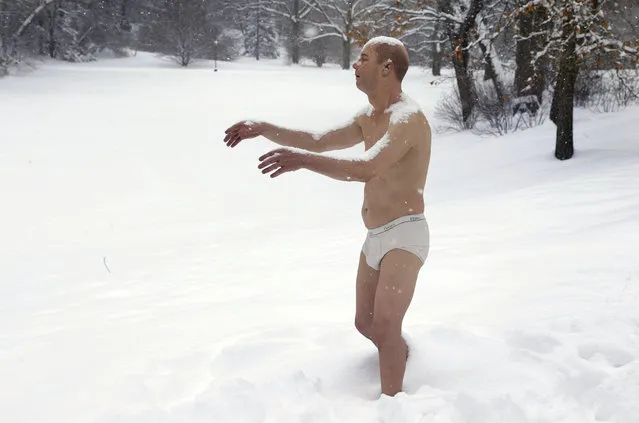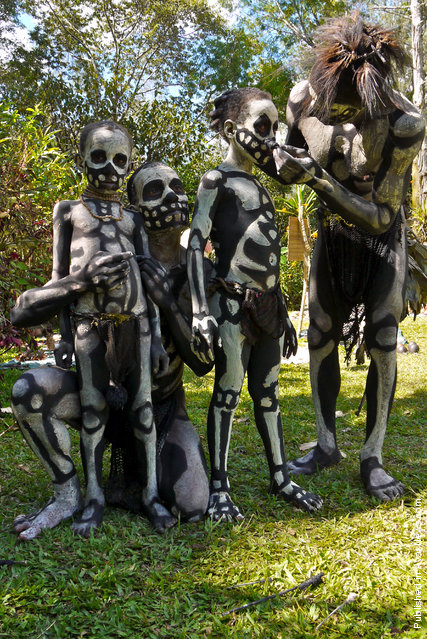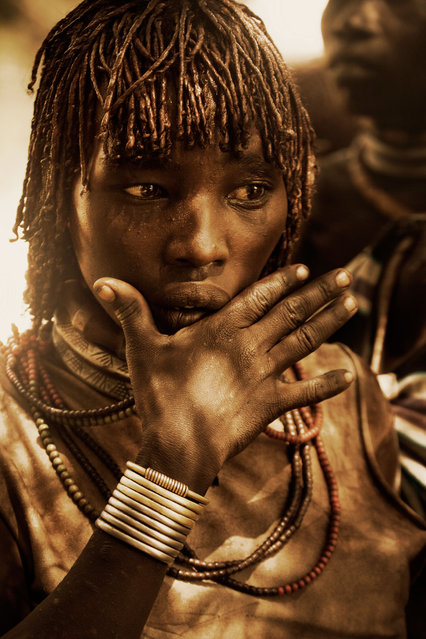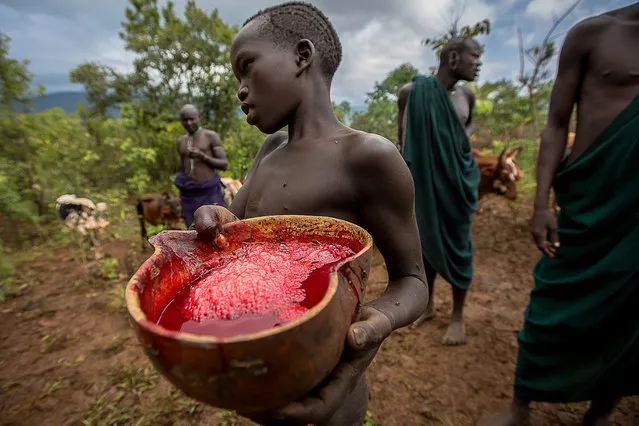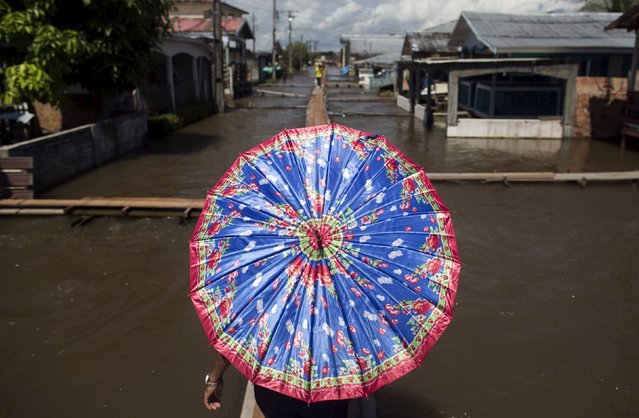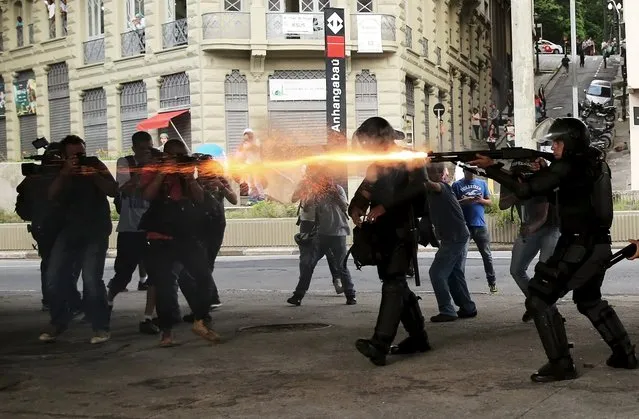
Riot police fire tear gas at demonstrators during a protest against fare hikes for city buses in Sao Paulo, Brazil, January 8, 2016. Brazilian riot police on Friday fired tear gas and stun grenades to disperse a violent protest against a rise in public transport fares in the country's largest city, Sao Paulo. (Photo by Nacho Doce/Reuters)
10 Jan 2016 12:04:00,post received
0 comments



